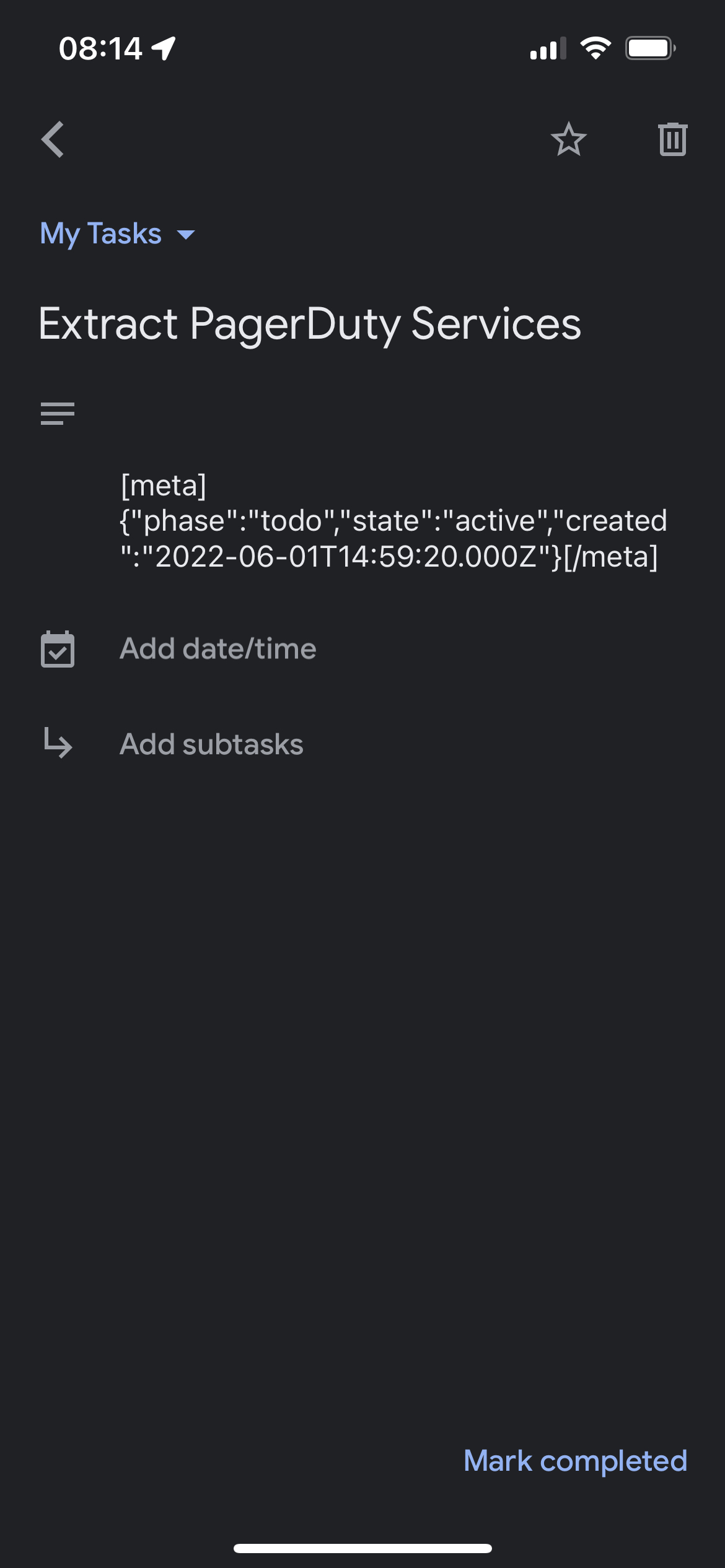Got into a deep discussion with a colleague tonight over different approaches to Agile development (yes, I’m a geek; why do you ask?). I’m a Fixed Length Iteration kind of guy, particularly since I’ve spent most of time on the Operational side of the house recently. He’s a Variable Length Iteration fan, and I thought the arguments on both sides of the fence were compelling enough that I wanted to blog about them.
Really, I’m doing this for my adoring fans.
Actually, I’m doing this because I feel guilty about not blogging, and thought this was at least SOMETHING to warrant paying for a domain year after year.
Anyway, here’s the breakdown of the two arguments; let me start by spelling out some common assumptions. I’m assuming that you’re reading this because you have some interest in development, and more specifically, some interest in agile development. If you have those interests, then I’m also assuming that you know what an iteration is. If not, the hyperlinks in the previous statements should help educate you and steer you clear away from this blog to more fascinating subjects.
The Argument for a Fixed Length Iteration
There’s a couple different versions of the Fixed Length Iteration, based on either a calendar (January, February, etc.) or a cycle (every four weeks); the goal is to commit to a ship date, and stick to it time after time. I’m more of a fan of a calendar-based Fixed Length Iteration; the actual length of the iteration varies (February is short), but development is consistently wrapping up every month, and every month code is being shipped out the door. My reasons for supporting this model are as follows:
- People are cyclical creatures. We live from paycheck to paycheck; we hate Mondays and work for the weekend. Having a fixed length cycle (with some minor variation if you based that cycle on a calendar) helps in estimating and planning what gets done and when.
- A fixed cycle forces developers to think in terms of components. If you’re expected to ship working code at the end of each month, you start writing code that is bite-size, so that you can leave out pieces that aren’t finished (rather than waiting until the whole thing is done). Bite-sized code is easier to test and deploy with reduced risk.
- A fixed cycle means that it’s easy to change directions without stopping development efforts. Sometimes business priorities change; a fixed length cycle allows developers to continue moving forward until the end of the iteration and change gears there. The start of a new iteration is never far away, so most businesses can wait until the next month rather than waiting till an unknown end of a sprint.
The Argument for a Variable Length Iteration
I’m trying to give this perspective a fair shake, even though I don’t subscribe to it; in a variable length iteration model allows business and development to scope out work at the beginning of an iteration and estimate a ship date regardless of the cycle or the calendar; the goal is to allow code to mature and be more stable. My friend subscribes to this model because:
- Variable length iterations resemble traditional projects. There’s a scope estimate, requirements gathering, and work estimates (and traditional slippage). Most agile purists immediately scream “WATERFALL”, and there’s some truth to that, but a variable length iteration is comfortable to business. It’s like Mr. Roger’s house shoes.
- They lend themselves to continual shipment of code. If the iterations are variable, developers can focus on one task from start to end, and begin to operate on separate iterative cycles; if you have a development staff of 5, you could theoretically have up to 5 separate iterations going on at the same time; when a developer finishes, they ship their contribution without waiting on the sprint to end.
- This fragmentation of the iteration allows for sudden, non-disruptive change. If there are multiple iterations occurring for each independent block of code, and business needs change for one line, then only that line has to shift gears. There’s no impetus to wait; you stop where you are on the one piece, and move on to the next piece.
Your Choice?
I’d love feedback on this; as I’ve stated from the outset, I’m a fixed length iteration guy. What did I miss? Are there other benefits to the Variable Length model that I’m missing?


